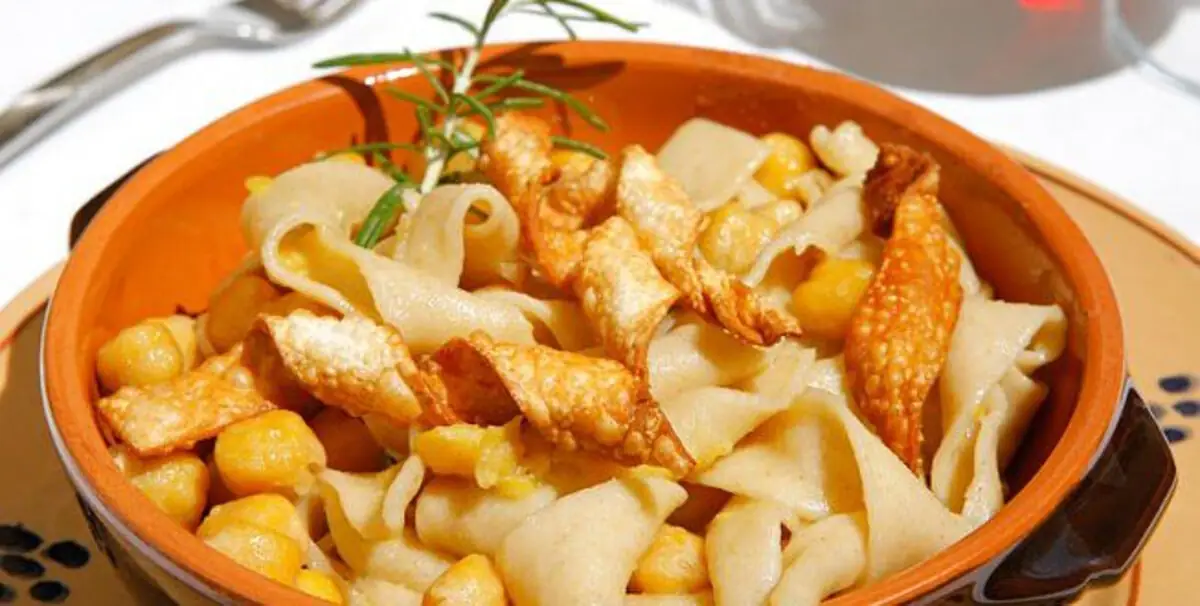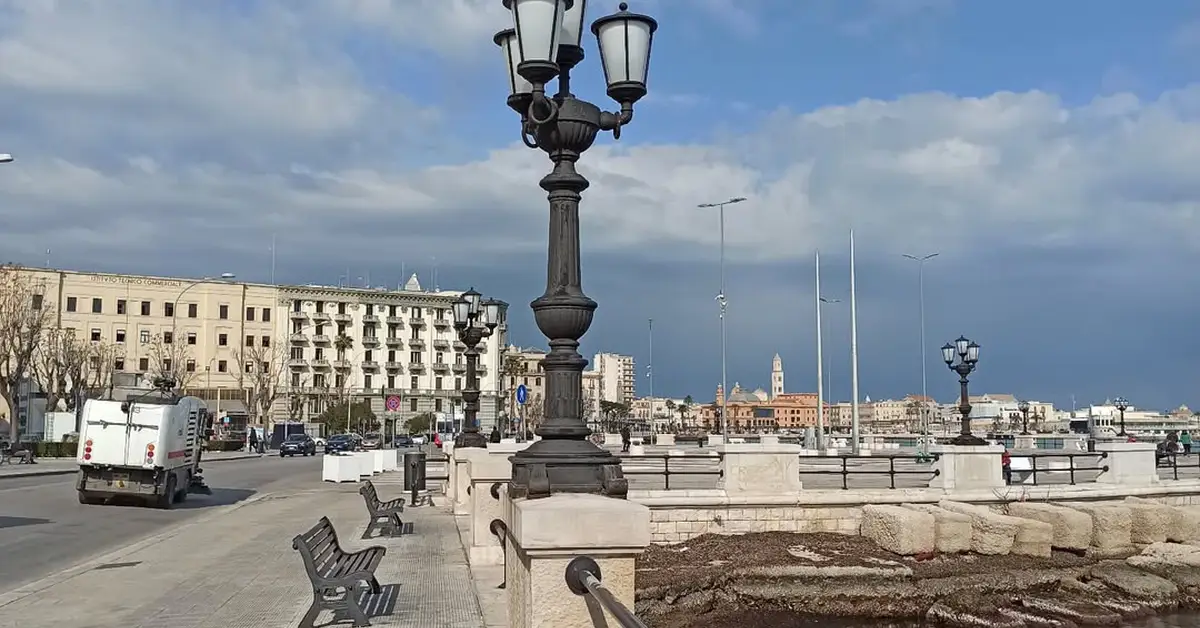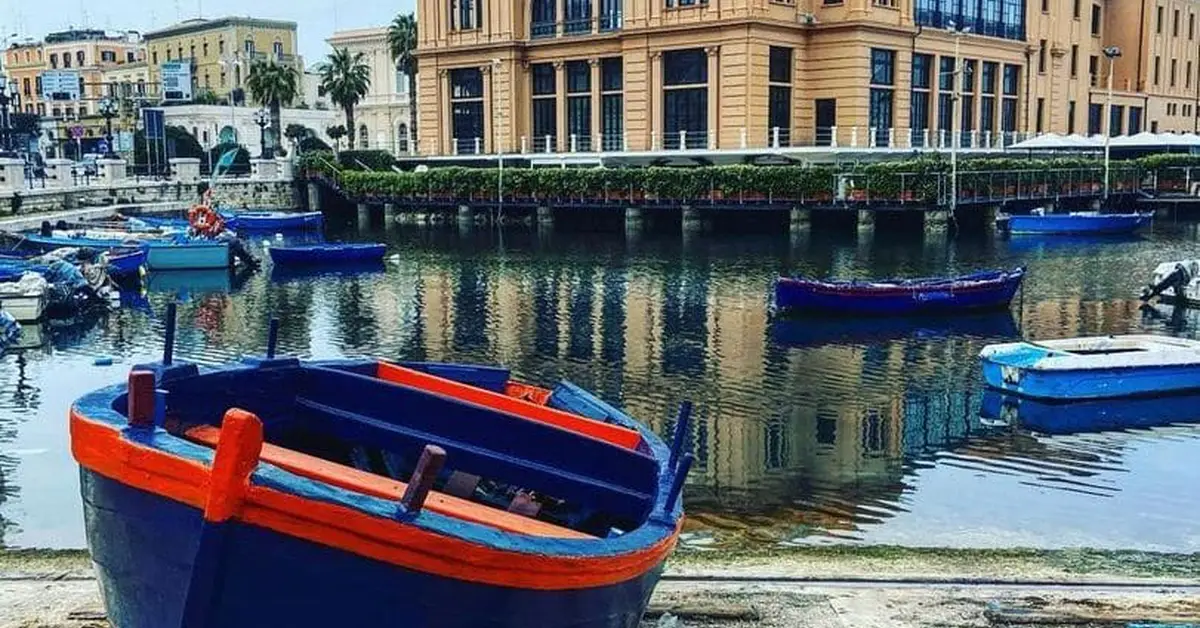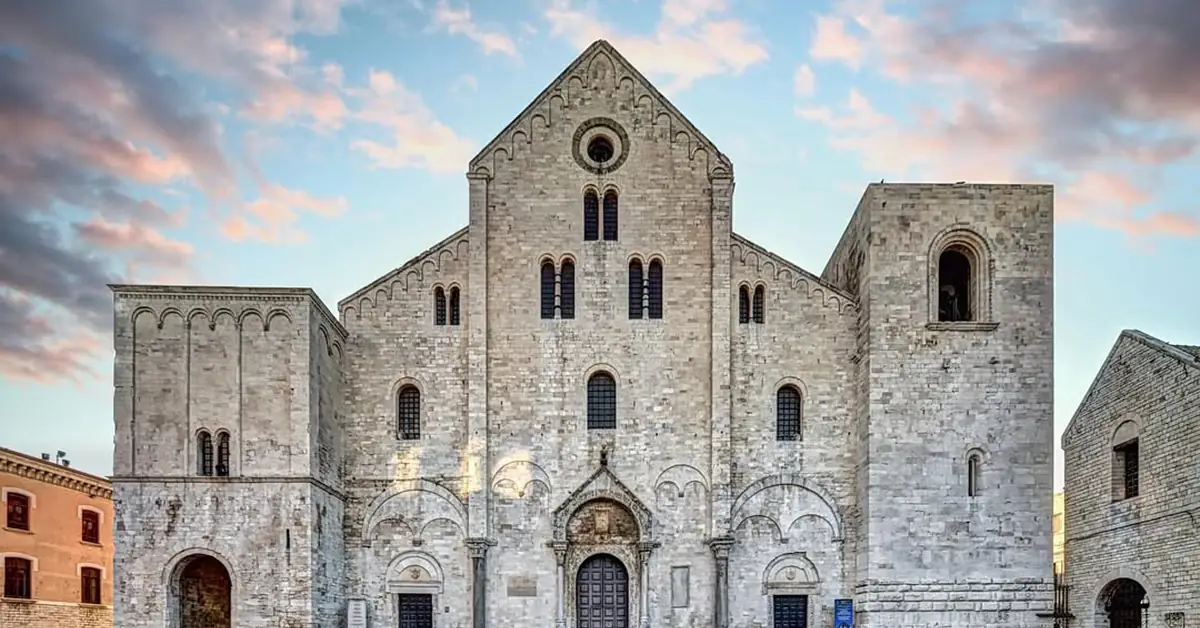Unexpected Apulian Pasta: Rare Formats
Discover the rare formats of Apulian pasta, a journey through tradition and authentic flavors.

What are the lesser-known Apulian pasta formats? In Puglia, pasta is a true symbol of culinary culture. Beyond the famous formats like orecchiette and cavatelli, there are many lesser-known varieties that deserve to be discovered. Among these, we find agnolotti baresi, a stuffed pasta prepared for special occasions. Their filling can vary from simple ricotta and parsley to more elaborate combinations with meat or spinach. These dishes tell stories of traditions and conviviality, making every bite a unique experience. What are capunti and how are they made? Capunti are a type of pasta that resembles cavatelli but differs in length. They are created by dragging the dough with fingers on the work surface, resulting in an elongated and characteristic shape. This format is perfect for being dressed with fresh tomatoes or seasonal vegetables, making it an ideal dish for those who love genuine, rustic cuisine. What is special about Apulian fusilli? Apulian fusilli are quite different from the industrial ones found in supermarkets. This traditional format is long, twisted on a rod, and has a thicker texture. Typical of the Foggia area, they are made with semolina and water, sometimes with the addition of eggs, for a rich and authentic flavor. What are lagane and how are they served? Lagane are considered one of the oldest pasta formats, dating back to ancient Greece. In Puglia, they are made with semolina, water, and eggs, cut into wide strips. This format pairs perfectly with legumes like chickpeas or with leeks, creating simple yet intensely flavored dishes. What characterizes pugliese maccaruni? Maccaruni are a type of cylindrical pasta with a central hole, made from durum wheat or barley flour. They are prepared with a rod and served in maritati, a typical dish at Salento weddings. This format is not just food but also represents a symbol of local tradition and culture. What is the secret of burnt wheat pasta? Burnt wheat pasta has a dark, almost black appearance and a toasted flavor. It originates from the recovery of grains left in the fields after the burning of stubble. Typical of Foggia and Canosa, it is often paired with wild vegetables, turnip tops, or fresh cherry tomatoes, creating dishes with authentic and rich flavors. What are pizzelle and how are they made? Pizzelle are a type of thin pasta, hand-cut into rhombuses and cooked with vegetables like Swiss chard or zucchini tendrils. This simple and genuine dish represents the Apulian culinary tradition, where the freshness of the ingredients is key. What is the story behind sagne ‘ncannulate? Sagne ‘ncannulate, typical of Salento, are linked to the feast of San Giuseppe. They are made with semolina and water, creating twisted strands. This format is excellent with sauce and strong ricotta, but also pairs well with fish or fried pasta, making it versatile and flavorful. How is semola battuta prepared? Semola battuta is a dish that resembles couscous but has Apulian origins. It is prepared in the northern part of the region, between Manfredonia and Lucera, using small granules of semolina mixed with cheese, eggs, and parsley. It is cooked in broth or dressed with sauce, creating a rich and hearty dish. What makes tria so special? Tria is a variant of lagane, thinner and with irregular edges. It is famous for being served with chickpeas in a dish known as ciceri e tria, but it is also delicious with leccese broccoli or tomato. Sometimes, part of the pasta is fried to add crunchiness, making every bite even more interesting. Why are troccoli a unique format? Troccoli are similar to tonnarelli, but their texture is truly unique. They are cut with a tool called a troccolaturo, which gives them a shape between round and square. This format is perfect for holding rich sauces, making every dish an experience of intense flavors. How does the tradition of Apulian pasta live on today? These pasta formats tell the story of Puglia: a story of peasant tradition, ingenuity, and intense flavors. Today, despite being less known to the general public, they are still present in markets, trattorias, and homes. Discovering these formats is a way to immerse oneself in the Apulian culinary culture, a journey that begins with a simple plate of pasta.




